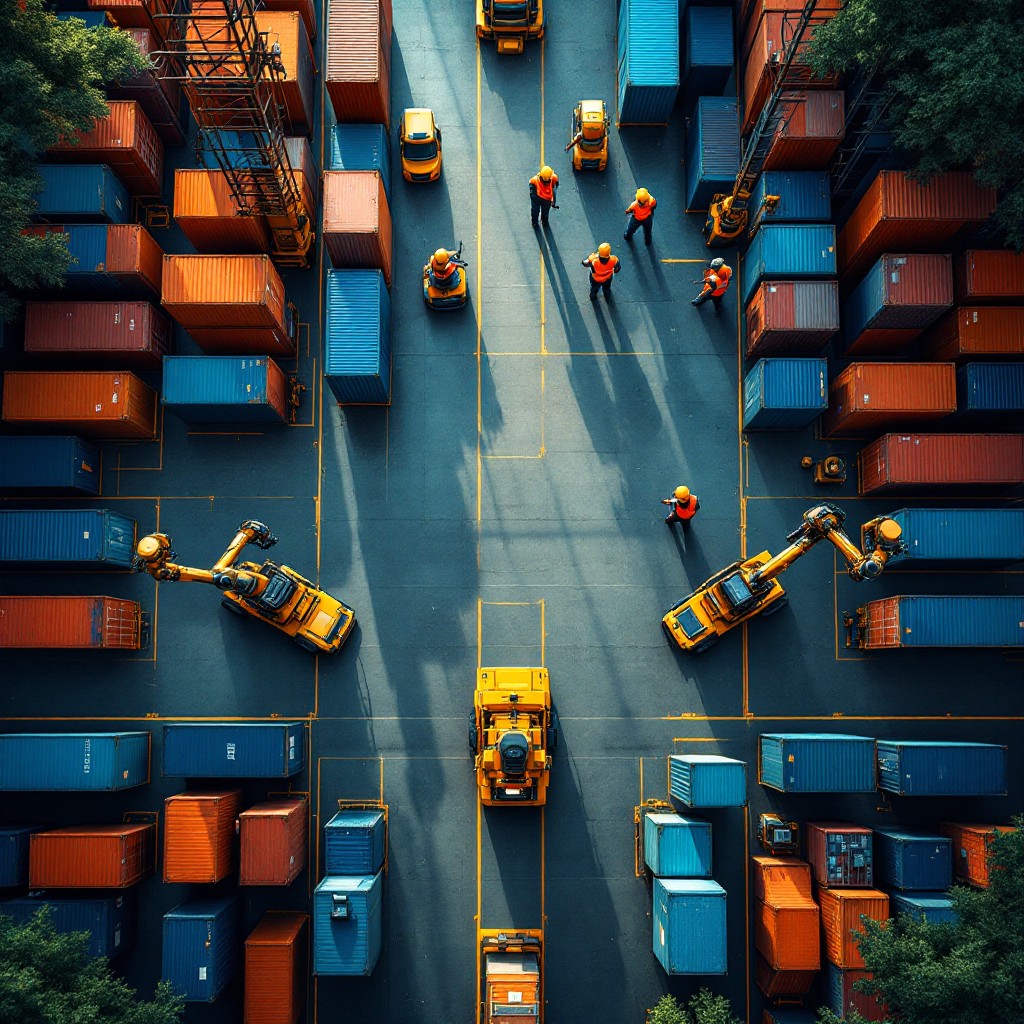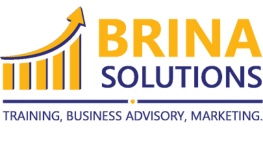
Navigating customs regulations can be daunting, especially for businesses dealing with international trade. From understanding complex rules to ensuring compliance, it’s vital to have a clear strategy to avoid delays, fines, or confiscated goods. Here’s how to simplify the process:
1. Understand the Basics of Customs Regulations
Customs regulations govern the import and export of goods across borders. These rules vary by country and depend on the nature of goods, their value, and origin. Familiarize yourself with:
- Tariff Codes: Classifications that determine duties.
- Restricted and Prohibited Items: Goods that may need special permits or cannot be shipped.
- Taxes and Duties: Fees payable for goods clearance.
Pro Tip: Use online tariff tools or consult customs agencies for accurate classifications.
2. Prepare Essential Documentation
Accurate and complete documentation ensures smooth customs clearance. Key documents include:
- Commercial Invoice: Details about the goods, including value and buyer/seller information.
- Packing List: A detailed list of items being shipped.
- Bill of Lading or Airway Bill: Proof of shipment.
- Certificates of Origin: Required for preferential trade agreements.
3. Partner with a Freight Forwarder or Customs Broker
Freight forwarders and customs brokers specialize in navigating customs procedures. They:
- Handle documentation and compliance.
- Provide advice on duties and taxes.
- Ensure timely clearance and delivery of goods.
Tip: Choose experienced partners familiar with your trade routes and goods.
4. Leverage Technology
Digital tools simplify customs compliance and tracking.
- Customs Management Software: Automates documentation and filing.
- Track-and-Trace Systems: Monitor shipments in real-time.
- Tariff Calculators: Estimate duties and taxes accurately.
Example: Platforms like TradeLens offer blockchain-enabled solutions for customs visibility.
5. Stay Informed About Regulatory Changes
Customs rules can change due to new trade agreements, tariffs, or government policies. Subscribe to industry newsletters or join trade associations to stay updated.
6. Understand Free Trade Agreements (FTAs)
Leverage FTAs to reduce duties on eligible goods. For example, businesses in Kenya can benefit from agreements under COMESA or EAC. Ensure proper documentation to claim these benefits.
Conclusion: Simplify Your Customs Experience
Customs regulations don’t have to be overwhelming. By preparing properly, partnering with experts, and leveraging technology, you can streamline the process and avoid unnecessary complications.
Need help navigating customs regulations? Contact Brina Solutions for expert guidance and tailored strategies to simplify your trade operations.







Leave a Reply